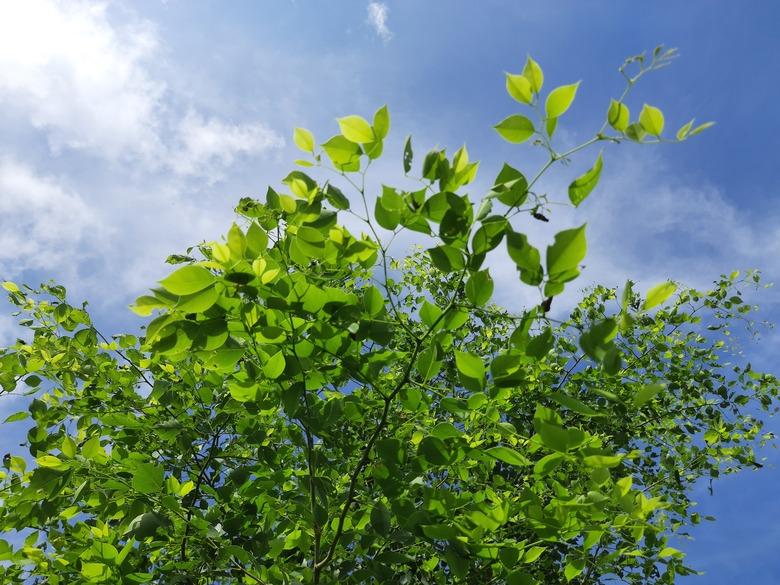What Is A Rosewood Tree?
The wood from the rosewood tree (Dalbergia spp.) is highly prized for its beauty, workability, and durability, which is ideal for making high-end musical instruments, flooring, furniture, and more. The fragrant oil of the wood also has many health benefits and is said to help with the healing of scars, acne, and stretch marks. Unfortunately, those same characteristics are the reason that rosewood is on the brink of extinction. While most species of rosewood can no longer be imported into the U.S., these plants can be grown in the states within U.S.D.A. plant hardiness zones 9 through 12.
Tip
The true rosewoods are members of the Dalbergia genus. These tropical hardwood trees are coveted by crafters for use in creating furniture, musical instruments, and small, decorative items.
The Different Types of Rosewood Trees
The rosewood tree consists of a type of tropical hardwood that has become a very expensive commodity. Simply put, rosewood wood literally comes from rosewood trees such as the Brazilian rosewood (Dalbergia nigra), Indian rosewood (Dalbergia sissoo) and Madagascar rosewood (Dalbergia baronii). These are some of the true rosewoods that hold the most value when sold. Other tree species with similar coloring and wood grain are commonly called "rosewood" but are not as hard and weigh less as the trees in the true Dalbergia genus.
Rosewood in Furniture and Instruments
Trees in the true rosewood genus are sought after for their density and amazing red/dark red coloring. These trees have a tight grain and tend to be quite heavy but remain easy to work with if you know how to. Along with its beautiful coloring, rosewood also offers the additional quality of permeating the air with its rose-like scent. This odor remains ingrained in the wood for hundreds of years and can still be smelled in antiques when they're scratched or refinished.
Indian rosewood is the most common rosewood to be used for high-end musical instruments such as guitars, although Brazilian rosewood was used in the 1800s to make high-end pianos. Its unique coloring and durability are what make rosewood usage in instruments so interesting. The rings and patterns found inside the wood are incomparable, and these parts of the wood are usually reserved for making the neck of the guitar or the most visible parts of furniture.
Furniture makers share the desire to use rosewood in their large and small wood pieces. While the furniture obviously benefits from the tree's beauty, this type of wood also offers qualities like being resistant to rot and water damage. These two qualities in their own right are what can make rosewood furniture last for years, which is also why rosewood is often reserved in furniture making for pieces that will be passed down from generation to generation.
Rosewood Essential Oil
Another reason rosewood is desired is for the benefits of the essential oils that are extracted from the wood. These oils are relatively easy to obtain since rosewood has a high oil content that can be found throughout the wood itself. The oil is extracted by steaming chips of rosewood.
Rosewood essential oil has been used to treat external skin problems such as acne, scars or even stretch marks. It has also been used to treat other frequent issues like the common cold or flu. Even with all the amazing benefits rosewood has to offer, it still remains on the list of nearly extinct flora. Due to these circumstances, true rosewood has been banned from crossing international borders in the hopes of preserving this marvelous treasure.
Rosewood in the Garden
The true rosewoods are tropical trees, native to South America, India, Pakistan, and Madagascar. They can be grown in frost-free areas in North America, such as southern Florida and Arizona, but are unlikely to thrive in cooler climate zones.
If you have a warm microclimate in the garden, such as a south-facing, wind-sheltered wall, you might plant a rosewood tree. In their native habitats, rosewood trees grow up to 60 feet tall and 40 feet wide. Plant well away from buildings and hardscapes, as the wide, spreading root system can lift and damage walks, driveways, and foundations.
Rosewood trees require well-draining moist and acidic soils. Unlike other tree species, they thrive in lawns and may be planted where heat is reflected from gravel mulches and hardscapes. Consider planting rosewood as a landscape rather than street tree due to its brittle branches and messy leaf and seed litter.
